Why does breast pain during lactation? This question quite often worries young mothers. Therefore, it is worthwhile to understand this topic in detail.
Breastfeeding is a joyful, harmless and at the same time responsible process that helps a newborn to get all the necessary vitamins and minerals. Breast milk creates a close bond between mother and baby (a sense of closeness and safety). However, such a wonderful period in a woman’s life can be overshadowed by the fact that breast pain during lactation. Moreover, such a problem arises both in young mothers and in more experienced ones. There are many reasons for this. Ignoring pain and discomfort in this case is undesirable. If a problem occurs, you should immediately see a doctor.
After childbirth, many women are forced to face very strong discomfort when the chest hurts during lactation and the temperature rises above 37.5˚. The reason lies in lactostasis. In the mammary glands, the mammary ducts are clogged, as a result, milk stagnates. At the initial stage, the problem can be completely corrected if the provoking factors are eliminated, the baby is fed, so that the milk arrives in the required amount.
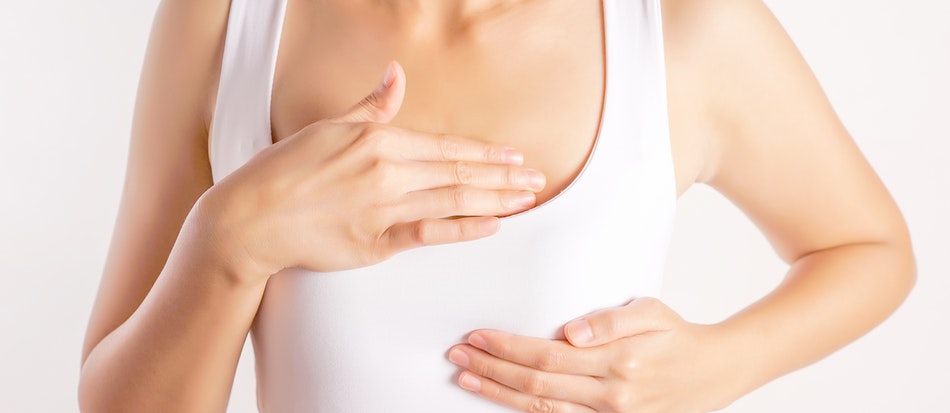
The most important thing is to eliminate the pathology in a timely manner in order to avoid aggravating the situation and developing into an even more complex disease - mastitis, which is fraught with severe pain and purulent course. A woman with infection of the breast glands may end up in a hospital in a hospital bed, and the baby will be left without another portion of mother's milk.
What are the reasons?
The situation when the chest hurts during lactation and the temperature can be caused by the following factors:
- congestion of the glands, hypothermia;
- lack of sleep;
- overwork;
- excessive density (fat content) of milk;
- improper use of the technique of sucking a child if he is accustomed initially to the nipple;
- incorrect posture when applying or an uncomfortable position during sleep (on one side or stomach);
- abnormal features of thoracic anatomy;
- stagnation of milk due to non-compliance with hygienic recommendations for the care of breast and nipples;
- the development of a viral infection in the human body;
- the presence of cracks on the nipples;
- anemia, a lack of hemoglobin in the blood;
- decrease in the properties of the immune system.
It is worth noting that when in the hospital a woman can contact the medical staff for help and get information about the correct attachment of the baby to the chest. This concerns young mothers, primiparous, since their lactation is not regulated, milk is produced in excessive quantities and arrives.
If breast pain occurs during lactation, the causes should be established immediately.
It is necessary to regulate the feeding process, as well as maintain the same time intervals. The most correct posture is one in which the child captures the areola simultaneously with the nipple completely, while the mouth should be wide open and the lower lip turned upside down.
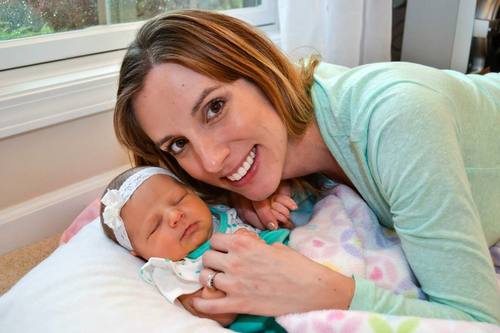
It often happens that breast pain during lactation due to flushing of milk.
Flushing milk
Not all young mothers are aware of such a hormone as oxytocin, which is precisely responsible for reflexes during labor and during the lactation period. At first, a woman may even complain that while feeding her chest hurts, there are unpleasant sensations in the lower abdomen or in the area of the nipples. Oxytocin enhances blood flow, which affects the intensive production of milk even when a woman just remembers her baby or upcoming breastfeeding.
The situation in which the chest hurts during lactation often appears just because of the excessive amount of milk: the baby is full, the remains have to be decanted. In this case, it is very important to learn the correct technique for putting the baby to the chest, adhere to a certain schedule and observe the daily regimen. Milk in this situation will be produced without surplus in the required quantity.
Nipple Injury
At the very beginning, when the baby can not yet be applied to the breast on its own, the woman herself has to interrupt the feeding by tearing or pulling out the nipple. But such careless actions can lead not only to burning and pain during feeding, but also to injuries (bruises, abrasions, cracks, wounds), which, in turn, act as causative agents of inflammatory and infectious diseases.
Excessive sterility also does not lead to anything good. Too-tidy women often make a mistake when they wash away with the soap both possible dirt and dust, and the necessary beneficial microflora. The mother loses the protective film, which has moisturizing and bactericidal properties, while the baby does not fully develop immunity to external stimuli. That is why a woman’s breasts may hurt during nursing, the skin dries out and gets injured, cracks and wounds on the nipples appear.
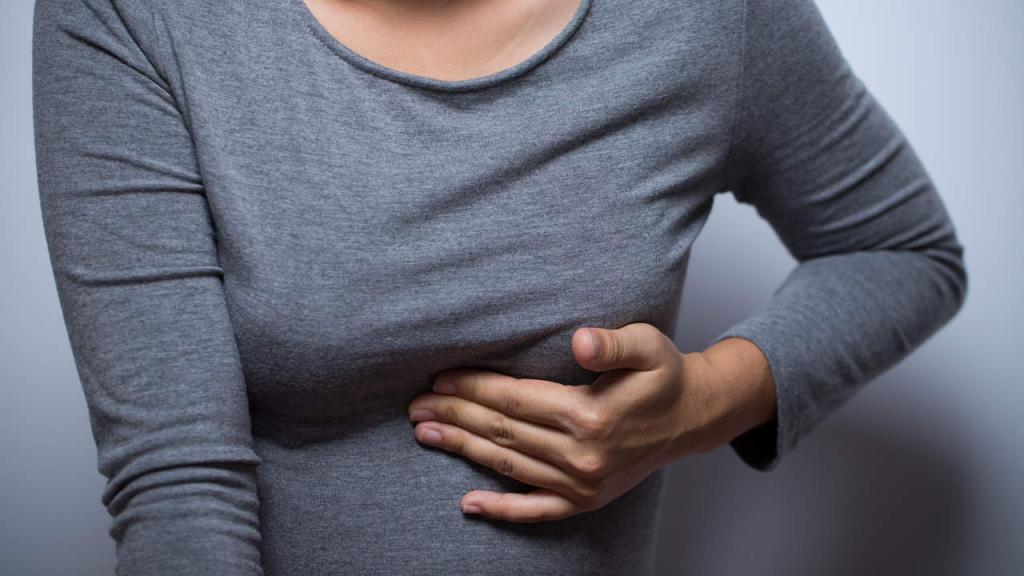
Often the cause of complications is the wrong choice of underwear, strongly compressing or rubbing the mammary glands. During the lactation period, you will have to abandon the breast-lifting sexual bra for the sake of your health. Especially for nursing mothers created a special underwear that is no less beautiful.
Let's look at some more reasons why breast pain during lactation?
Thrush
A pathology such as thrush occurs due to Candida fungi, which appear in the form of cracks on dry swollen nipples and white plaque. At the same time, feeding and expressing milk causes very severe chest pain in a woman. This is due to inflammation of the milk ducts. You can cope with the disease yourself only in the initial stages, but breastfeeding in this situation must be stopped.
Fungal infection is contagious, it is instantly transmitted to the baby. If infection occurs on the tongue and lips of the child, you can also see a white coating. A woman should start applying ointments, and give the baby solutions for oral disinfection.
If a young mother does not want to deprive her baby of breast milk, you should immediately consult a doctor, and he will tell you a safe and quick method of therapy, select and prescribe the right drugs. Self-medication can cause complications, because if the thrush took the woman by surprise, the wrong actions have already been taken.
So, a woman has breast pain during lactation, what to do in such a situation?
Causes of lactostasis and their elimination
Some causes of lactostasis will be listed below. They can be eliminated without bringing the process to a deplorable state.
- Physiological characteristics of the structure of the mammary glands. Milk production causes oxytocin production and leads to discomfort and tingling when filling with breast milk. After 2-3 weeks, the symptoms will go away, lactation will become familiar.
- Nipples are not designed. It is necessary to determine the most comfortable position of the baby when feeding, so that there is no excessive pressure on the chest.
- Too much milk arriving. Expression should begin from the first weeks of feeding, the process should gradually normalize.
- Stagnation in the glands of the chest. Their cells begin to produce milk production. Overflow should not be allowed to occur, as necessary, sucked off with a breast pump.
- Chest pains and fever. There is a high probability of mastitis, if there is a purulent course, then you can not do without a treatment course with the use of antibiotics.
- Breast pain during lactation, regardless of the incoming milk. In this case, the cause may lie in the disease of the mammary tubules and mammary glands, consultation with a mammologist is required.
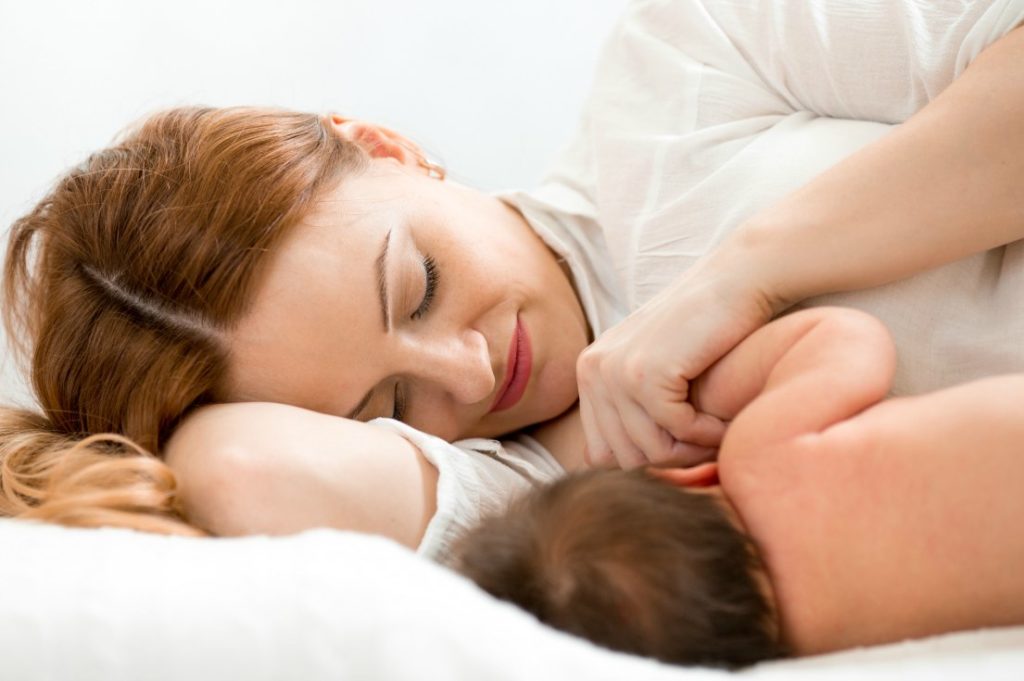
You must understand that when feeding a woman should not experience any pain. In particular, there is no need to once again intensely massage the mammary glands in order to enhance the passage of milk. Just this can cause unpleasant symptoms, up to the development of the inflammation process. Breast milk should come gradually, increased tides should alert the woman. Perhaps the reason is the excessive density of milk, that is, the mother should reconsider her diet.
Is it dangerous when breast pain and chills during lactation?
The danger of mastitis
In nursing mothers, lactostasis is a common occurrence in the first months after childbirth. Usually it passes when the regimen is getting better, the woman adapts and chooses a comfortable position for breastfeeding. If with chest pain the chest begins to hurt and the temperature rises above 37 degrees, it does not go away and lasts for several days, although milk is regularly expressed and the baby is often applied, you should immediately consult your doctor. In this case, the cause may lie in mastitis - damage to the breast glands of an infectious nature, more serious than lactostasis. It will take a therapeutic anti-inflammatory course.
You need to know that with lactostasis, the temperature does not rise above 37-38˚. In order to notice the pathology in time and stop its progression, it is necessary to measure the temperature from time to time.
If the indicator exceeds 39, it is no longer possible to postpone your visit to a specialist. Perhaps there was an infection of the breast glands, which is characteristic of thrush or mastitis. Grasping a child’s chest usually causes unbearable pain. Just mastitis and can be caused by untreated lactostasis, in which the infection penetrates through microcracks. Perhaps the appearance of a purulent, infiltrative, serous form of pathology.
If a woman feels these symptoms, you first need to find out the causes of chest pain during lactation. Treatment should be prescribed exclusively by a doctor so that the nursing mother and child are not harmed.

Symptoms that can not be ignored
With mastitis, symptoms are similar to lactostasis:
- temperature 39 ˚;
- the mammary glands swell and tighten very much;
- there is an accumulation in the glands of infiltrate, lymph nodes increase under the armpits;
- expressing milk becomes difficult.
The purulent form of mastitis is especially dangerous, in which the temperature suddenly rises to 41 degrees, the pain in the breast of the nursing mother intensifies, pus comes out of the nipples, the skin around the areoles acquires a bluish tint. This indicates the accumulation of pus and stagnation of milk.
If a woman is sick, she is likely to need inpatient treatment and curtail lactation for a while. Strong therapy with antibacterial drugs is carried out. Only after the end of the treatment course can breastfeeding be continued.
Experts recommend being treated at the initial stage without weaning the baby from the chest. Fortunately, there are currently safe local remedies that treat breasts with lactostasis.
It is forbidden to continue to feed the baby, if there is mastitis, it is necessary to seek the advice of a pediatrician. You may need to temporarily switch to artificial feeding if the chest is very sore during lactation.
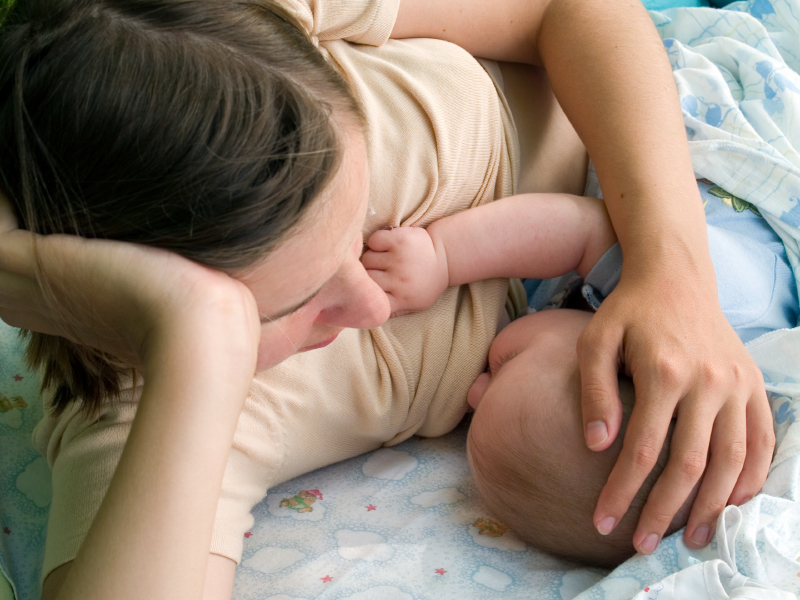
How to be treated?
It should be noted right away that self-medication is excluded, especially if infection of the breast glands is suspected, when it is simply forbidden to apply warm compresses, as they will enhance bacterial reproduction and lead to the onset of inflammation.
Mom should understand that such home methods as applying a sheet of cabbage in the chest will not be effective enough. This will help only at the initial stage of lactostasis. Mastitis is treated exclusively with antibiotics and anti-inflammatory drugs. The algorithm of therapeutic actions will be determined by one form or another of the disease.
It is well known that many drugs for women during lactation are prohibited, and the use of antibiotics is an extreme measure. Naturally, with fever and severe pain, you can drink a tablet of "Ibuprofen", "Paracetamol" or "No-shpa." Safe is Bepanten, a decongestant and anti-inflammatory cream that can treat nipple cracks without harming the baby’s health, even if it gets into his mouth.
Why breast hurts during lactation in a nursing mother is interesting to many. We suggest that you familiarize yourself with the recommendations of specialists in this regard.
Recommendations
Young mothers often have difficulty breastfeeding. When unpleasant symptoms appear, the most important thing is to regulate the arrival of breast milk in a timely manner and not start the process, learn to apply the baby correctly so that it completely captures the nipple and areola with its mouth, turning the sponges out.
Experts recommend:
- apply the child more often with the appearance of symptoms of lactostasis, so as not to lead to heavier breasts and stagnation of milk;
- adhere to the correct feeding schedule, but at the same time do not refuse the baby on demand if the milk arrives in excessive quantities;
- Massage the breast if necessary, on the recommendation of a doctor, treat with ointments and gels.
It is very important to debug the natural lactation, in which milk comes in accordance with the requirements of the baby. If necessary, use a breast pump and remove surpluses in a timely manner, express after feeding until the feeling of heaviness disappears. It is allowed to massage the area of the nipples in circular motions, preferably under a stream of warm water.
The lactation period is no less responsible time than pregnancy. Drafts, mechanical effects on the chest should be avoided. It is important to express milk in a timely manner.
Why a breast hurts during lactation in a nursing mother and what in this case should be known to every woman.
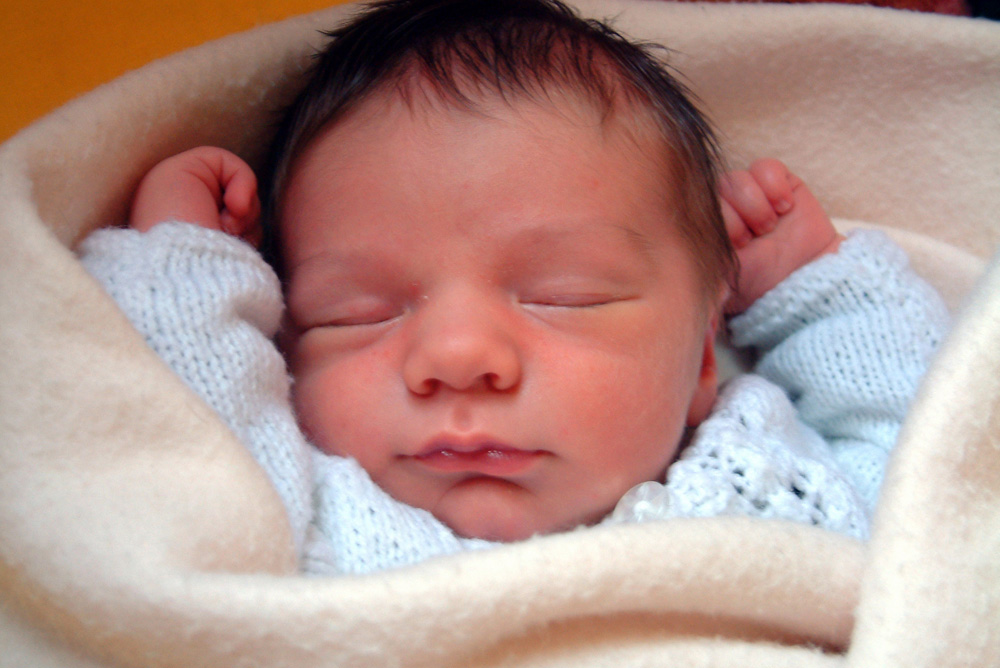
Preventative measures
For preventive purposes, women should:
- every day wash your chest with cool water;
- wipe the nipples with a rough towel before the upcoming feeding;
- heal on time cracks in the nipples, not allowing bacteria to enter the mammary glands;
- use comfortable bras (two sizes larger) that will not pinch the mammary glands;
- feed the baby the first 2-3 months on demand;
- temper nipples.
Why breast pain during lactation, we figured out. Every woman should remember that it is important to identify the problem in a timely manner and proceed to its treatment. This will save lactation and then you will not have to transfer the child to artificial feeding.